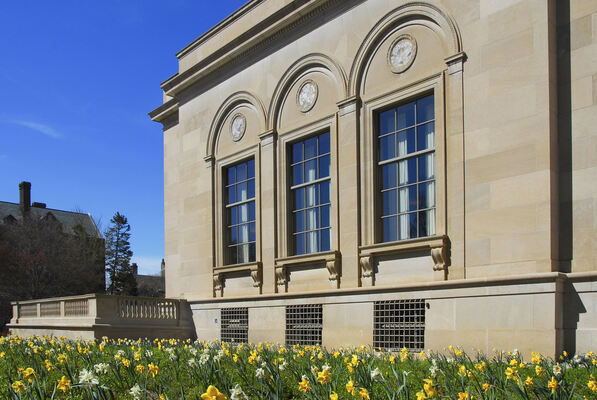Western America collection, 1820-ca. 1898
0.25 linear feet
The Western America collection contains 39 miscellaneous individual items relating to the settlement of the western part of the United States, including present-day Wisconsin, Missouri, Oregon, California, Iowa, Minnesota, Nevada, North Dakota, and Wyoming. The items span 1820 to ca. 1898, with the bulk of materials concentrated around the 1840s and 1850s. They pertain to numerous topics related to western expansion, and include descriptions of growing towns, discussions of economic opportunities and hardships, references to social customs and mores on the frontier, and scattered mentions of relations with Native Americans.
- A letter of May 20, 1832, discussing the Black Hawk War, murder by a prostitute and community backlash against her, and the tarring and feathering of an African American man.
- A description of the Oregon Territory by a recent female settler [ca. 1838].
- A frustrated miner's description of his bad luck in Placerville, California [ca. 1851].
- A letter from Santa Clara, California, concerning the love affair of a miner's wife, and the husband's subsequent abandonment of her and their child with the remark that "such is life in Cal." (June 26-28, 1854)
- A July 15, 1876, description of Geneva, Minnesota, including its ethnic mix, farming prospects, and food.
- A May 21, 1889, letter from a woman to her husband describing the cable-cars and schools of San Francisco, California.
